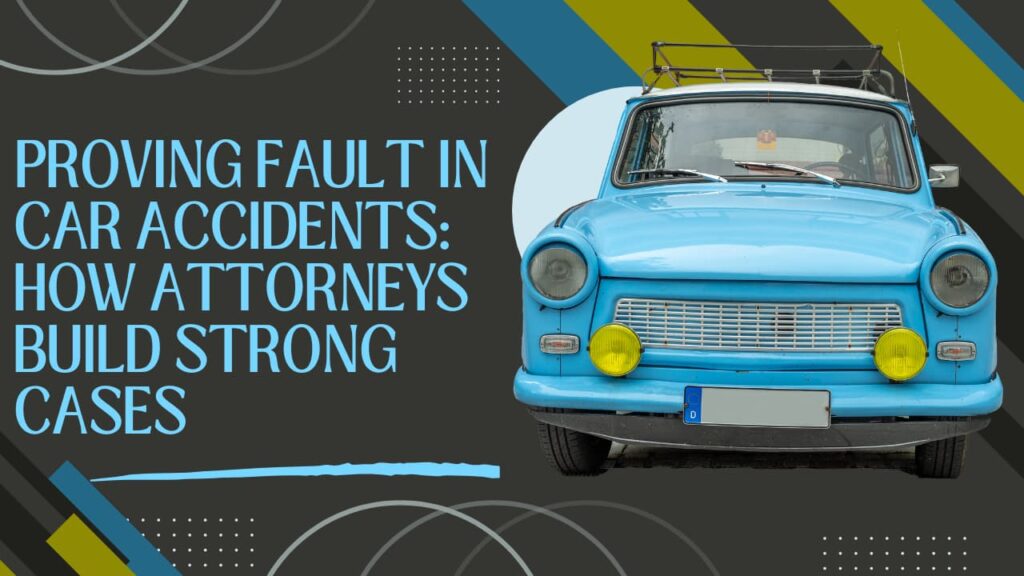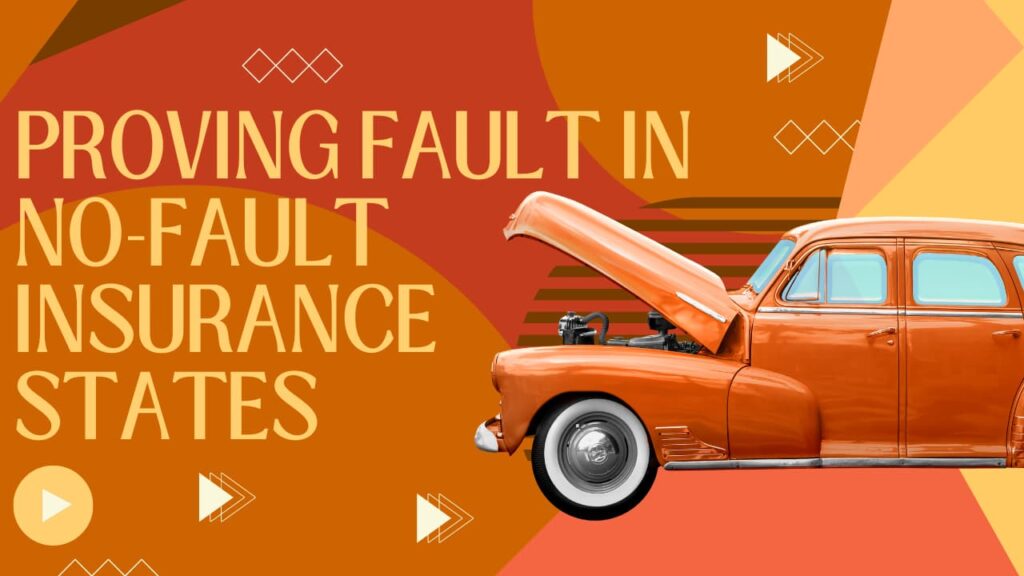
When a car accident occurs, determining who is at fault plays a crucial role in the outcome of insurance claims and potential legal action. Attorneys specializing in car accidents must meticulously gather evidence, assess the circumstances, and build strong cases to prove liability.
This blog will explore how attorneys prove fault in car accidents, shedding light on the strategies they use to support their clients. Attorneys like Michael Kelly car accident attorney, apply these techniques to help clients navigate the complexities of legal proceedings and secure the compensation they deserve.
Key Elements Attorneys Focus on to Prove Fault
To prove fault in car accidents, attorneys focus on three essential components:
- Duty of Care: Drivers are expected to follow traffic laws and operate their vehicles safely, which constitutes their duty of care toward other road users.
- Breach of Duty: When a driver violates traffic laws or drives recklessly, they breach their duty of care.
- Causation and Damages: Finally, the attorney must show that the breach directly caused the accident and resulted in damages, such as injuries or vehicle damage.
Proving these elements requires the attorney to gather solid evidence, which can be complex depending on the circumstances of the crash.
Types of Evidence Used in Car Accident Cases

Attorneys use a variety of evidence to prove fault in car accident cases. Some of the most common types include:
- Police Reports: The police report often contains critical information, including witness statements, citations, and the officer’s initial assessment of who may be at fault.
- Witness Statements: Testimonies from people who saw the accident can provide insight into how the crash occurred and who may be responsible.
- Traffic Cameras and Dashcam Footage: Video evidence can capture the moment of the accident, offering a clear picture of who caused the collision.
- Photos of the Scene: Attorneys often use photos of the accident scene, vehicle damage, and road conditions to reconstruct the event.
- Expert Witnesses: In more complex cases, experts such as accident reconstruction specialists or medical professionals may be called upon to provide professional analysis.
By piecing together this evidence, attorneys can build a comprehensive argument to prove fault. The more evidence they have, the stronger the case.
Common Types of Evidence in Car Accident Cases
| Type of Evidence | Description |
| Police Reports | Contains statements, citations, and initial fault assessments. |
| Witness Statements | Testimonies from those who saw the accident. |
| Traffic Camera/Dashcam Footage | Captures the moment of the collision, helping identify the responsible party. |
| Photos of the Scene | Document road conditions, vehicle damage, and other key aspects of the accident. |
| Expert Witness Testimonies | Professionals who provide expert analysis, such as accident reconstruction. |
Strategies Attorneys Use to Prove Fault
1. Analyzing Traffic Laws
Understanding and interpreting traffic laws is key to proving fault. Attorneys carefully examine whether any traffic laws were violated, such as:
- Running a red light or stop sign.
- Failing to yield.
- Speeding or reckless driving.
- Driving under the influence (DUI).
By demonstrating that the at-fault driver broke traffic laws, attorneys can build a solid foundation for proving negligence. Additionally, citations issued by the police at the scene of the accident can further strengthen their case.
2. Accident Reconstruction
For accidents with multiple vehicles or complex circumstances, attorneys often work with accident reconstruction experts to recreate the sequence of events. These professionals use data, photos, and vehicle damage reports to model the accident and provide insight into what happened. Their analysis can be pivotal in establishing fault.
3. Using Medical Records and Injury Assessments
In car accident cases that involve injuries, medical records and injury assessments play a significant role in proving fault. Attorneys work closely with doctors and medical professionals to link their client’s injuries directly to the crash, showing that the at-fault driver’s actions caused harm.
For example, if a client suffered whiplash after being rear-ended, an attorney would present medical evidence to prove that the injury resulted from the other driver’s negligence.
4. Comparative Negligence
In some cases, both parties may share some degree of responsibility for the accident. Attorneys must then apply comparative negligence principles to determine the percentage of fault each party holds. In states that follow a comparative negligence rule, the compensation awarded may be reduced based on the victim’s share of fault.
For instance, if the court determines that the injured party is 20% at fault, their compensation may be reduced by 20%. Attorneys must therefore carefully assess the evidence to minimize their client’s fault percentage.
Comparative Negligence Example
| Percentage of Fault | Compensation Reduction | Total Compensation |
| 0% (No fault) | 0% | 100% of the damages |
| 20% (Partial fault) | 20% | 80% of the damages |
| 50% (Equal fault) | 50% | 50% of the damages |
| 75% (Majority fault) | 75% | 25% of the damages |
Proving Fault in No-Fault Insurance States

In no-fault insurance states, proving fault takes a different approach. Drivers rely on their own insurance to cover medical bills and other expenses after an accident, regardless of fault. However, in severe cases involving significant injuries or damages, victims can step outside of the no-fault system and file a lawsuit.
In these situations, proving fault becomes essential again, and attorneys use similar strategies mentioned earlier, such as analyzing traffic laws and gathering evidence, to demonstrate liability and pursue compensation.
Conclusion
Proving fault in car accidents requires a detailed investigation and strategic presentation of evidence. From analyzing traffic laws to leveraging witness statements and expert testimony, attorneys play a vital role in helping their clients secure compensation. Whether in fault-based or no-fault states, the steps attorneys take to build a strong case make all the difference in the outcome of car accident claims.
For accident victims, having a skilled attorney by your side can ensure that the right party is held accountable and that you receive the compensation you deserve.